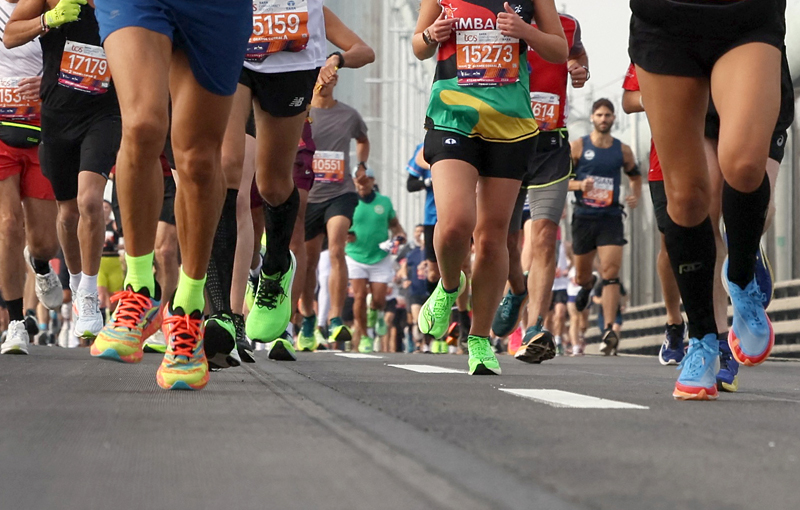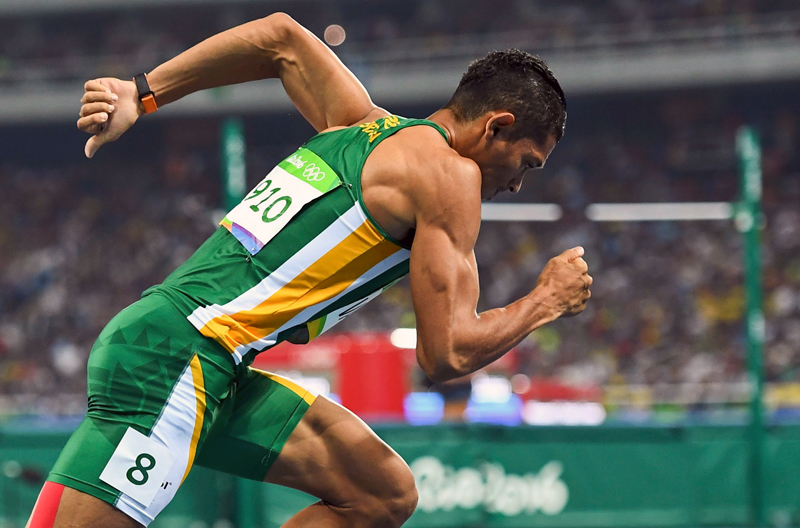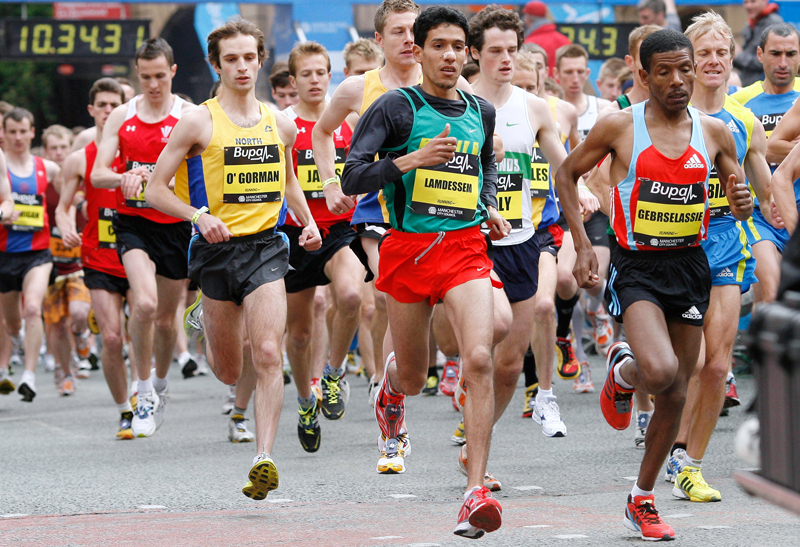Upper body power is crucial for optimum performance in numerous sports. The arms and torso both generate and control power. A rugby hand off or boxing punch are obvious examples of the former, whilst the latter takes a little more explaining. When performing a sports skill the torso acts as a transmission – controlling the forces that are generated. For example, if a sprinter does not have strong and relevantly conditioned abdominal and back muscles then power will be wasted in lateral movements as the athlete powers down the track. Additionally a weak and non-specifically conditioned core will reduce the risk of injury.
Video exercises
In the short video taster you’ll see a snap shot of upper body sports specific exercises aimed specifically – though not exclusively - at developing increased hitting and punching power:1) The high pulley cable chop
2) The wrist curl
3) The plyometric press-up
4) The medicine ball, wall chest pass
These exercises display the range of conditioning exercises that can be applied to the pursuit of improved hitting, throwing and punching power, using fixed and free weights, body weight and medicine balls (for more exercises and specific training plans – see our ‘Improve your hitting and punching power special report’ ).
You could combine the exercises into a single workout – suggested repetitions and loadings are provided for each exercise if you chose this option.
High pulley cable chop
Sports relevance – golf, racket sports and also a great upper body conditionerTraining tips: Keep the movement controlled and perform to both sides of the body to reduce imbalances. Stabilise your torso whilst performing the exercise by bracing your core. Use a medium to heavy weight (around 75% of your 1RM)
Do: 4 x 8 reps
Wrist curl
Sports relevance – all hitting and punching sportsTraining tips: Perform the movement slowly and with control and concentrate on the lifting and lower phases. Try to keep your wrists in alignment with your forearms, don’t let them turn inward or outward. Use light dumbbells
Do: 4 x 20 reps
Plyometric press-up
Sports relevance – all hitting, throwing and punching sports – also a great power developer for sports requiring dynamic running speedAs indicated in the video this very dynamic exercise should note be performed if you have weak wrists or shoulders.
Training tips: keep your body straight as you drive it dynamically from the floor. Yield only slightly on landing through your shoulders before powering up. Try alternating sets with medium to heavy weight bench presses to fire up your chest and shoulders muscles through what’s known as potentiation (the increased stimulation of your fast twitch muscle fibres)
Do: 4 x 5 reps
Medicine ball wall chest pass
Sports relevance – as plyometric press upThis exercise is less intense than the plyometric press-up and could therefore be used by all athletes. Use a light 5-10Kg medicine ball.
Training tips: ‘move’ the ball as quickly as possible between your hands and the wall
Do: 4 x 20 reps
Take 60 second’s recovery between exercises and perform as a circuit
What’s a plyometric exercise?
A plyometric exercises uses the unique capability of our muscles to store and generate increased force in a split-second – this is the plyometric effect and evokes what is called the ‘stretch/reflex’.To further explain: when muscles are pre-stretched (such as the shoulder and chest muscles when landing during the plyometric press-up), greater power is made available for an immediate subsequent shortening contraction (of the same muscles for the plyometric press-up, as the athlete drives their upper body from the ground). Huge amounts of force up – between 3- 5 times the athlete’s body weight - can be experienced in the split second this stretch/reflex occurs during certain plyometric exercises.










